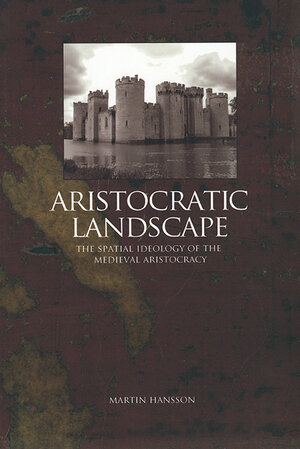Series
Martin Hansson
Aristocratic Landscape. The Spatial ideology of the Medieval Aristocracy
Lund Studies in Historical Archaeology 2
2006
| 224 p.
|
English
ISSN: 1653-1183
ISBN: 91-22-02154-X
Keywords: bebyggelse | borgar | historia | Europa | 800-1500 | adel | frälset | Sverige | Agundaborg | Bergkvara
This book is a comparative study of how the aristocracy in Western Europe organised space and landscape inside and adjacent to their residences.
It discusses examples from Britain, France, Germany and Scandinavia concentrated in the period c. 800-1500. The overall aim is to search for a common aristocratic spatial ideology and to explain its meaning and changes through time, against the background of overall changes in medieval society.
Many scholars have studied the medieval aristocracy and chivalrous culture, but this study tries to connect this culture with the landscape. The residences of the aristocracy are studied in the context of their surrounding landscape.
The study focuses on six different themes that affected how the aristocracy acted in the landscape. These themes concern the role of the nobleman as warrior, the aristocracy's use of history and the memory of the place, how the aristocracy tried to isolate themselves in space, the aristocracy's urge to plan and order space, the ever-present religious dimension in aristocratic life and the importance of the individual agent.
Martin Hansson works at Småland Museum, Växjö and is attached to the Department of Archaeology and Ancient History at the University of Lund.

